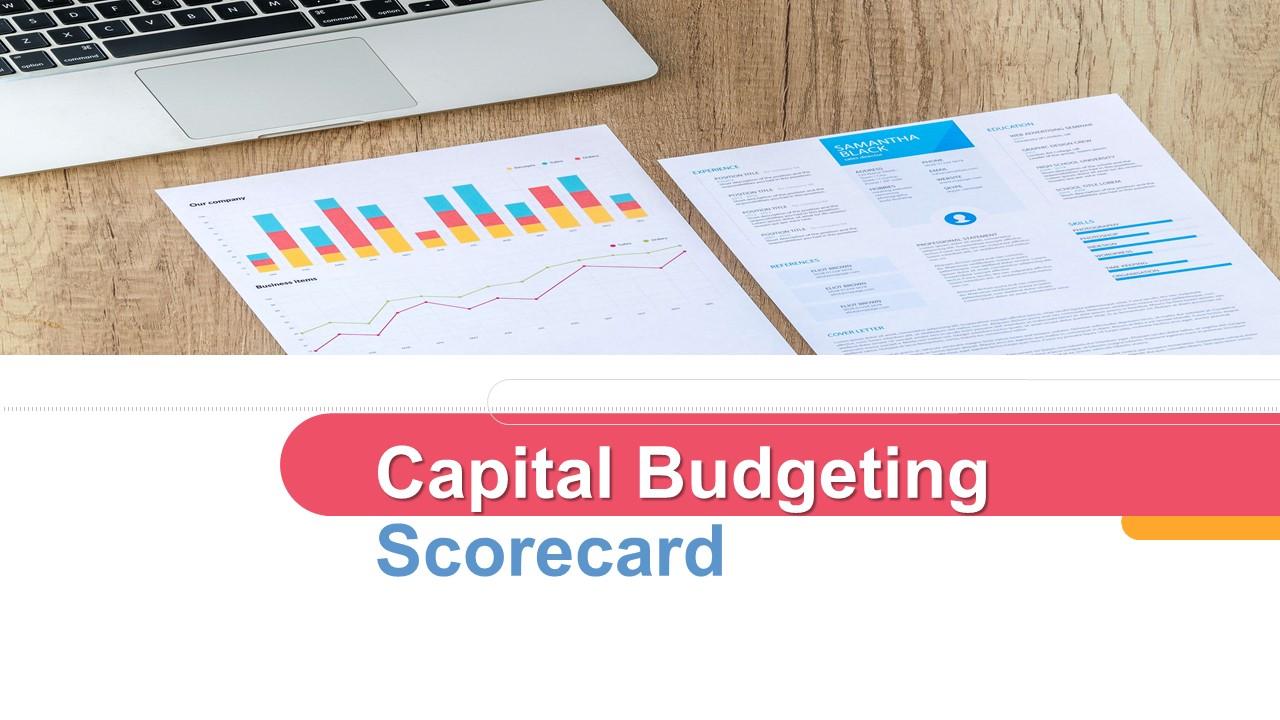NPV vs. IRR: The Capital Budgeting Battle You Can’t Afford to Lose
Last updated on July 4, 2025
What most people don’t understand is… capital budgeting isn’t just about math. It’s about making bets on the future with limited visibility. And when you’re staring at two possible paths—each with shiny promises of returns—you need more than spreadsheets. You need clarity.
On This Page
In boardrooms and MBA exams alike, the war between Net Present Value (NPV) and Internal Rate of Return (IRR) has long been waged. CFOs defend their turf with NPV. Project managers cling to IRR. But the real question isn’t which formula is more elegant. It’s this: Which tool helps you make the better decision, especially when millions are at stake?
To understand this, let’s walk through a story that isn’t often told in finance textbooks.
Meet Richa: A Real Estate CFO with a Dilemma
Richa, a 39-year-old CFO at a mid-sized real estate firm in Bangalore, was caught between two tempting projects:
- Project A: A high-rise apartment in Whitefield with a 5-year return window.
- Project B: A commercial complex in Electronic City expected to generate cash flows over 10 years.
Both had decent IRRs. Both looked promising on paper. But something felt off. When Richa ran the numbers using Examvest's NPV/IRR Tool, the difference was crystal clear: Project B’s NPV was significantly higher than Project A’s, yet its IRR was slightly lower. If she had only relied on IRR, she would have chosen Project A—a decision that would have returned less value overall.

NPV vs. IRR: Understanding the Core Differences
Let’s simplify the big debate:
1. Net Present Value (NPV)
1. Net Present Value (NPV)
- Definition: The present value of all future cash flows minus the initial investment.
- Decision rule: Choose the project with the highest positive NPV.
- Strengths: Shows absolute value added, reflects the scale of the project, and aligns with shareholder value.
2. Internal Rate of Return (IRR)
2. Internal Rate of Return (IRR)
- Definition: The discount rate that makes NPV = 0.
- Decision rule: Choose if IRR is greater than the required rate of return.
- Strengths: Easy to compare with the cost of capital and expressed as a percentage.
But here’s where it breaks down: IRR can mislead when cash flows are non-conventional or when projects differ in scale or duration.
| Metric | What It Tells You | Primary Strength |
|---|---|---|
| NPV | The total dollar value a project will add to the company. | Best for comparing projects of different sizes. |
| IRR | The expected percentage rate of return. | Easy to compare against the cost of capital. |
When NPV Wins (And Why That Matters)
There’s a reason Warren Buffett and most top-tier CFOs swear by NPV. It accounts for the total dollar value created,, it’s not swayed by inflated early-year returns, and it avoids ambiguity when multiple IRRs exist.
A Startup Example
A startup in Pune is deciding between two SaaS projects:
- Product X: Needs ₹50 Lakh, returns ₹10 Lakh/year for 7 years.
- Product Y: Needs ₹1 Crore, returns ₹25 Lakh/year for 5 years.
IRR suggests choosing Product X (higher percentage return), but NPV shows that Product Y adds significantly more absolute value to the company. The founders who trusted NPV made the better long-term decision.
The core issue lies in the reinvestment rate assumption. NPV assumes that cash flows generated by the project can be reinvested at the company's cost of capital—a reasonable and conservative estimate. IRR, however, assumes that cash flows are reinvested at the project's own IRR. For a project with a high IRR (e.g., 40%), this implies the company can keep finding new projects that also return 40%, which is often unrealistic.

Bullet Summary: When to Use Which
Use NPV when:
- You want to maximize value in absolute terms.
- Projects differ in size or cash flow patterns.
- There are unconventional cash flows.
Use IRR when:
- Projects are small and mutually exclusive.
- You’re communicating ROI to non-finance stakeholders.
- Cash flows are conventional and timing isn’t complex.
The Role of Payback Period (And Why It’s Not Enough)
Another tool we often glorify is the Payback Period. While quick and simple, it's a flawed metric because it ignores the time value of money and any cash flows after the payback point. Think of it as your financial pulse check. It’s useful for assessing liquidity risk, but don’t let it drive the final decision.
Richa used Examvest’s Payback Period Tool to supplement her analysis, especially to convince risk-averse board members that Project B wasn’t going to leave the firm in a cash crunch.
Tool in Action: How Examvest Helped Richa Decide Confidently
The moment Richa fed both project cash flows into the Examvest NPV/IRR + Payback Tool, she had:
- Side-by-side project comparisons
- Graphical cash flow projections
- Auto-calculated break-even years
That insight wasn’t just helpful. It was decisive. She greenlit Project B and earned the firm an extra ₹2.3 crore in value. Not from intuition. From the right decision-making framework.
NPV is like a bank account: It tells you how much money you’ll actually have. IRR is like an interest rate: Looks attractive, but can be deceiving if the investment size is unclear.
Final Takeaways
- Always use NPV as your primary capital budgeting compass.
- Use IRR for comparison or presentations.
- Supplement with the Payback Period to understand risk and liquidity.
- Let tools do the heavy lifting, but you make the final call.
Ready to Make Smarter Decisions?
Try the Examvest Capital Budgeting Tool Suite now and let it guide your next big project.
Frequently Asked Questions (FAQs)
Is NPV always better than IRR?
No, but it's more reliable when projects vary in size or have unconventional cash flows. NPV provides an absolute measure of value added, which is often more aligned with the goal of maximizing shareholder wealth.
Can IRR give multiple values?
Yes. Projects with non-conventional cash flows (where the sign changes more than once) can have multiple IRRs, making the metric ambiguous and unreliable for decision-making.
Is the Payback Period enough to make a decision?
No. The Payback Period is a simple measure of risk and liquidity, but it ignores the time value of money and all cash flows that occur after the payback period. It should only be used as a supplementary tool alongside NPV and IRR.